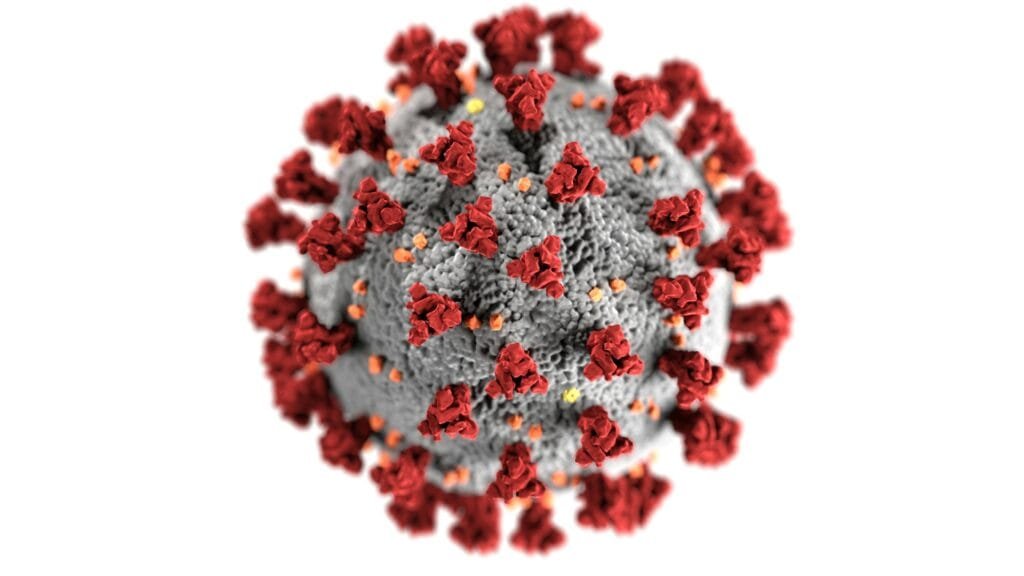
As the world moves deeper into 2025, COVID-19 continues to evolve. India has recently identified a new COVID variant in 2025—NB.1.8.1. This subvariant has drawn attention from scientists and public health officials due to its genetic structure and potential for faster transmission. Here’s everything you need to know about the COVID variant 2025, its impact, symptoms, and what steps you should take to stay safe.
What Is the COVID Variant 2025 (NB.1.8.1)?
NB.1.8.1 is a recombinant subvariant of the Omicron lineage, genetically derived from XDV.1.5.1. What makes it significant in 2025 is its unique combination of mutations—especially in the spike protein, which helps the virus attach to human cells.
Key Mutations:
- 6 spike protein mutations compared to LP 8.1
- 8 spike protein mutations compared to the JN.1 strain
These changes could make NB.1.8.1 more transmissible and allow it to partially evade immunity from vaccines or previous infections.
Where Was COVID Variant NB.1.8.1 First Found?
The first known case of this COVID variant 2025 in India was detected in Tamil Nadu through genome sequencing in April 2025. Since then, the variant has appeared in over 22 countries.
Global Snapshot (As of May 18, 2025):
- 518 global sequences submitted
- 10.7% of all recent COVID variant sequences are NB.1.8.1
India’s SARS-CoV-2 Genomics Consortium (INSACOG) is monitoring the spread and studying its potential public health implications.
Should You Be Worried?
While NB.1.8.1 is spreading, experts say there’s no cause for alarm yet. Dr. Jatin Ahuja, a Delhi-based infectious disease specialist, confirms that this variant doesn’t appear to cause more severe symptoms than previous strains.
However, what sets this 2025 COVID variant apart is its enhanced ability to bind to human receptors. That could make it more contagious, especially in densely populated areas.
How Widespread Is COVID Variant 2025 in India?
COVID-19 cases are gradually rising in India, especially in major cities. Local health departments are tracking hotspots and preparing for a potential increase in cases.
Cities Reporting a Spike:
- Mumbai
- Chennai
- Ahmedabad
Even though numbers remain low compared to previous waves, public health agencies have intensified testing and surveillance in these areas.
Symptoms Linked to COVID Variant 2025
Symptoms remain mild for most patients infected with NB.1.8.1. However, you should stay alert if you experience the following:
- Cough, cold, or sore throat
- Runny nose or nasal congestion
- Fever
- Body aches and fatigue
- Loss of smell or taste (in rare cases)
- Diarrhea or gastrointestinal symptoms
- Persistent headache
If you notice symptoms, isolate and consider getting tested to prevent further transmission.
How to Stay Safe from COVID Variant 2025
Even in 2025, precaution remains the best defense against emerging variants. Here are a few updated safety tips:
1. Stay Vaccinated
Make sure you’re up-to-date with COVID-19 vaccinations and booster shots. While current vaccines may not fully prevent infection from NB.1.8.1, they greatly reduce the risk of severe illness.
2. Mask in Crowded Places
Use masks in enclosed spaces like buses, trains, offices, and during travel. Masking reduces both spread and exposure.
3. Maintain Hygiene
Handwashing and using hand sanitizers continue to be effective against viral spread.
4. Keep Your Distance
Avoid unnecessary gatherings, especially if you’re feeling unwell or in contact with someone who is.
5. Monitor Official Updates
Follow advisories issued by the Ministry of Health and the World Health Organization (WHO) for the latest data on the COVID variant 2025.
Final Thoughts
The emergence of NB.1.8.1, the newest COVID variant in 2025, is a reminder that the virus continues to adapt. Fortunately, India’s strong health surveillance systems are on high alert, and the variant doesn’t appear to be more severe than its predecessors.
Still, public awareness, vaccination, and responsible behavior remain critical in keeping the spread under control.
Stay informed. Stay safe. And let’s continue moving forward—cautiously, but confidently.

